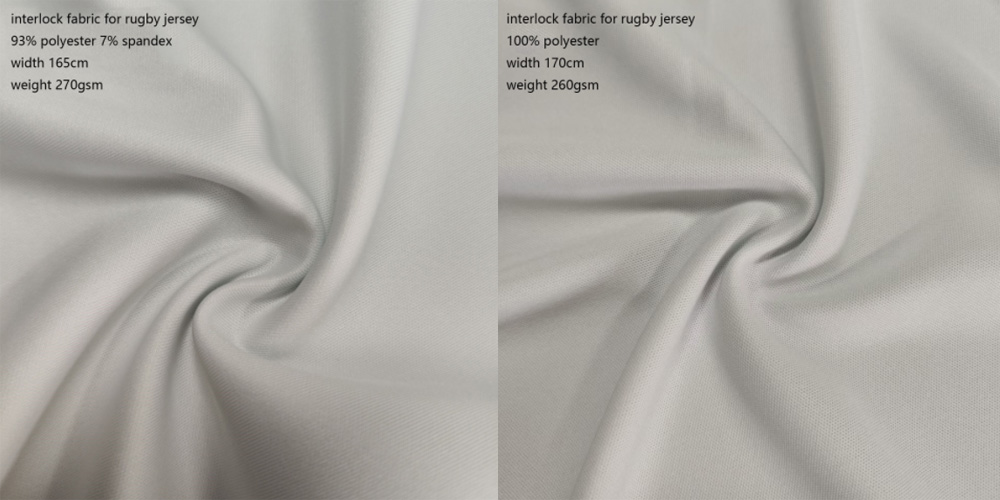
A rugby shirt, also known as a rugby shirt, is worn by rugby union and rugby union players. It usually has short sleeves, although long sleeves are also available.
Traditionally, rugby shirts are buttoned at the top, like polo shirts, but with a tighter collar. However, modern rugby shirts often have a very small collar, or no collar at all, to reduce the amount of fabric a potential attacker can grab (although such actions are prohibited during the game). Due to the nature of the game, the fabric is usually sturdy, and traditionally rugby shirts have rubber buttons that, if pulled during a match, will come loose rather than fall off.
Rugby jerseys were traditionally made of cotton, but as synthetic fabrics became cheaper and more durable, they began to be used for rugby jerseys. The two most common materials are a mixture of cotton and polyester (many of these jerseys are intended for auxiliary purposes, although they can also be used in the game of rugby) and pure polyester (these jerseys are usually designed specifically for use by players in the game). Most modern game jerseys have a slim, sporty fit, as opposed to the loose fit of traditional cotton jerseys.
The reason for preferring polyester in a match situation is twofold: first, polyester is harder to catch in a tackle situation, as it is inherently more “slippery” than cotton or cotton blend. In addition, the increasing use of tight-fitting T-shirts exacerbates this effect, as there is no loose material for the attacker to grab. Other advantages of synthetic fibers over cotton are that they absorb less water and dirt and can accentuate the players’ musculature.
In some cultures, the rugby shirt has become a popular fashion item, and many clothing manufacturers produce rugby shirts with a distinctive collar and hoop or check pattern that does not represent an actual club.
Here are two models of polyester material for rugby jerseys, samples are available to provide, looking forward to your inquiry.

Post time: Apr-28-2023